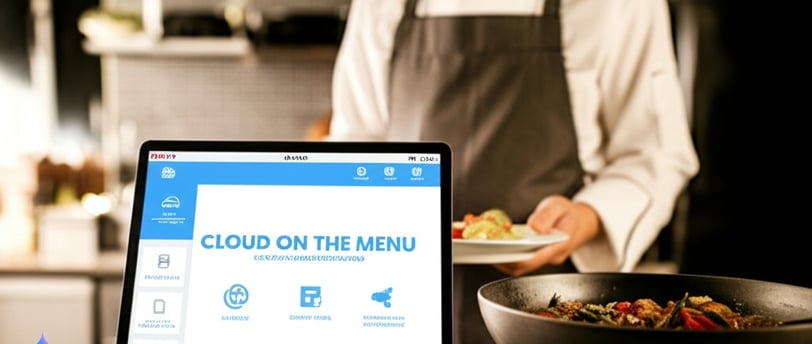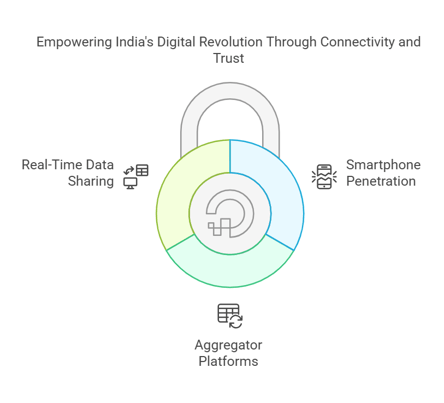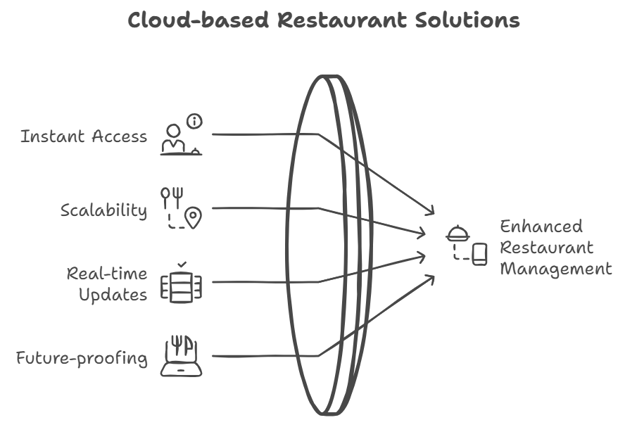Cloud on the Menu: How Internet-Enabled Software Fuels Restaurant Success
Drawing on the experiences of Parthiv (an entrepreneur determined to improve efficiency in restaurants) and Ganesh, the podcast host (a YouTube content creator on Indian business scene). Petpooja’s story begins with noticing small but significant inefficiencies: repeated phone calls to confirm orders, staff juggling multiple devices, and owners lacking a bird’s-eye view of their daily operations.
POD LETTER


Drawing on the experiences of Parthiv (an entrepreneur determined to improve efficiency in restaurants) and the podcast host (an inquisitive commentator on India’s startup ecosystem), this conversation reveals how cloud technology has reshaped the way business owners track orders, manage inventory, and handle real-time data. Petpooja’s story begins with noticing small but significant inefficiencies: repeated phone calls to confirm orders, staff juggling multiple devices, and owners lacking a bird’s-eye view of their daily operations. Through candid anecdotes and personal trials, both speaker and host illuminate why cloud adoption now seems less like an option and more like an essential path for survival.
As Parthiv explains, owners historically neglected internet solutions. They thought technology was too complicated and that maintaining a stable connection was not worthwhile. But he recalls, “Dabeli wala kuch use hi nahin karta hai… bilkul tech se door hai” (The dabeli vendor doesn’t use any software… he stays far from tech). Over time, however, digital connectivity evolved. Faster networks, more affordable data plans, and consumer demands for speed made cloud systems feel indispensable.
With cloud technology integrated into billing software, a restaurant can avoid disruptions even if an owner steps away. One telling snippet has Parthiv describing how real-time analytics proved critical once the business expanded: “Agar main billing desk par nahin baitha hoon, toh sab bills banne chahiye” (If I’m not at the billing desk, then all the bills still need to be generated). Rather than relying on in-person oversight, the owner can now view daily sales reports, inventory status, and even order flow from a smartphone.
Contemporary Relevance and Current Trends:
Cloud-based services have become the backbone for countless industries, but the restaurant sector’s unique pace and complexity make that transition especially urgent. Imagine a busy lunch rush: multiple incoming orders from third-party apps, phone-in requests, and walk-in customers. Without real-time syncing in the cloud, data quickly becomes inconsistent. A chef might run out of a key ingredient without updating the main system, or an owner may believe an item is in stock when it’s not. Such communication gaps lead to canceled orders, frustrated patrons, and reputational damage.
Beyond the immediate context of restaurants, the pandemic has underlined how agility in business processes can make or break long-term survival. Cloud tech enables remote operations—so even if owners must close physical premises briefly, they can track finances, maintain staff schedules, and coordinate deliveries. As the world rebounds and reconfigures its supply chains, the restaurants that pivot seamlessly will be those that digitize core functions.
Organic Connections to Related Topics:
This discussion naturally intersects with India’s soaring smartphone penetration and the broader digital transformation shaping sectors like retail and logistics. On one side, improved connectivity fosters aggregator platforms, encouraging restaurants to manage everything from a single hub. On the other side, small businesses’ willingness to share real-time sales data fosters trust with financiers and paves the way for micro-lending. Indeed, reliable records reduce the perceived risk for banks, bridging a long-standing gap in India’s credit ecosystem.




An Engaging Journalistic Flow:
Cloud computing might once have seemed exotic or out of reach for small eateries, but the conversation testifies to a grassroots embrace of technology, as exemplified by the surprising moment the host discovered a modest “Poha” stall equipped with advanced digital billing systems. That initial astonishment, “Mujhe laga hi nahin tha ki ye dukaan aisa sophisticated software use karegi!” (I never imagined this shop would be using such sophisticated software!), underscores how rapidly cloud adoption is changing the food sector’s face.
This transformation remains highly relatable to the average person. Anyone who has ever waited impatiently for an online-ordered meal understands the frustration of canceled orders and indefinite delays. Whether you own a neighborhood café or dine at one regularly, the push for connectivity shapes your overall experience—speed, accuracy, and satisfaction hinge on how well technology unifies many moving parts.
Key Takeaways:
Instant Access: Restaurant owners and managers gain around-the-clock visibility into operations.
Scalability: Scaling from a single outlet to multiple locations becomes more seamless with consistent data.
Real-time Updates: Stock levels, order statuses, and transaction summaries update immediately, reducing guesswork and losses.
Future-proofing: As aggregator systems and consumer habits evolve, a cloud-based platform adapts more swiftly than standalone tools.
Ultimately, the conversation in the transcript reveals that cloud-based solutions are no longer the preserve of multinational chains alone. Even as Parthiv chuckles about teaching local vendors the value of “going online,” he underscores the big picture: “Internet ab sab jagah hoga, aur agar main dekhna chahta hoon ki kitna kharcha hua, kitna profit ban raha hai, toh sab wahan par dikh jayega” (The internet will be everywhere, and if I want to see how much I’ve spent or what my profit margins are, it’s all visible there). That sort of transparency marks a watershed moment for restaurants that have traditionally relied on pencil-and-paper books.
And so the era of dabeli stalls quietly embracing the cloud is here—fueled by necessity, made possible by widespread connectivity, and proving that even the humblest of enterprises can thrive with the right digital tools.
